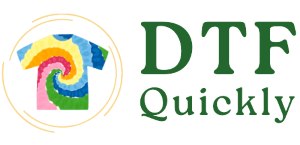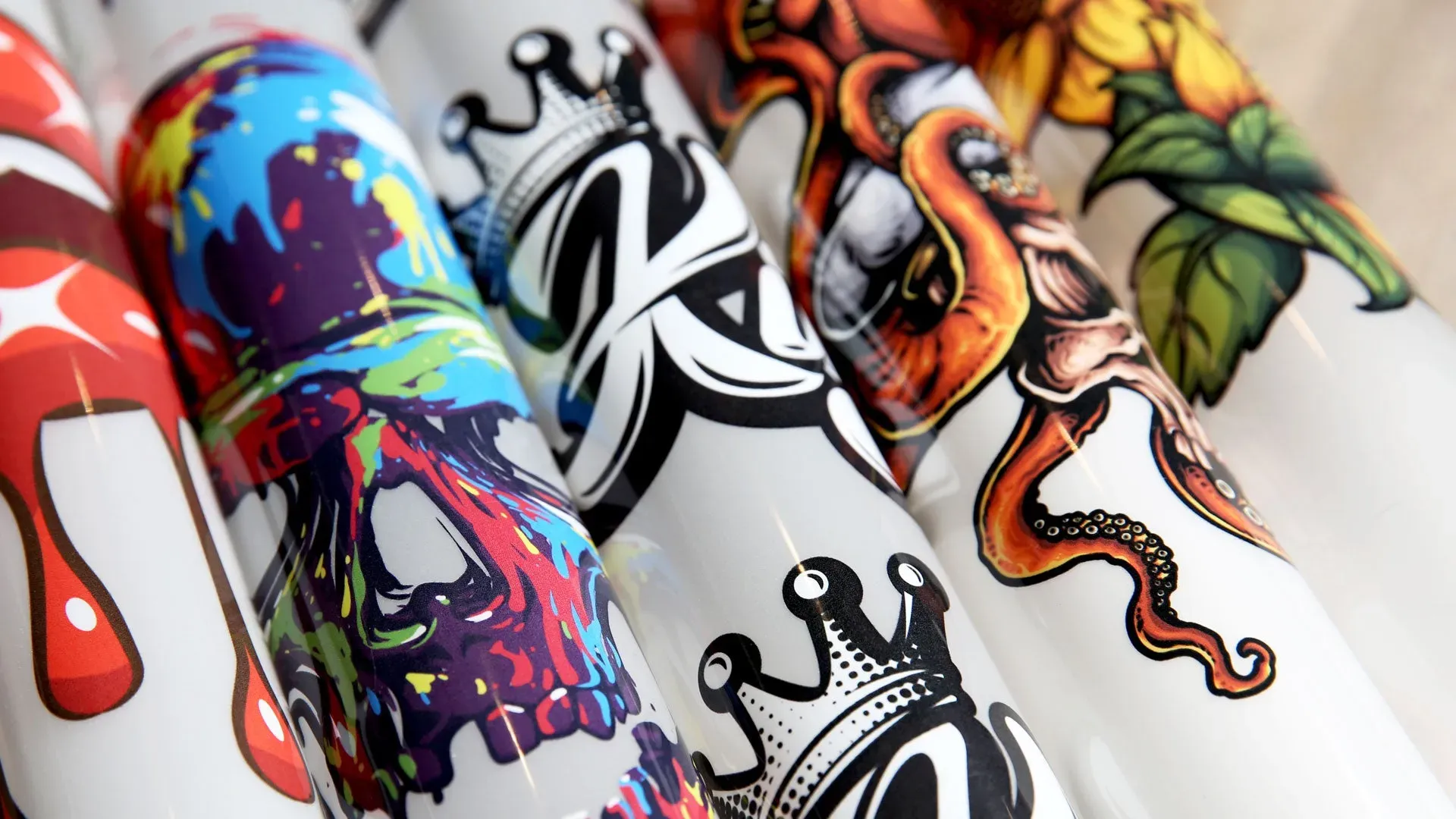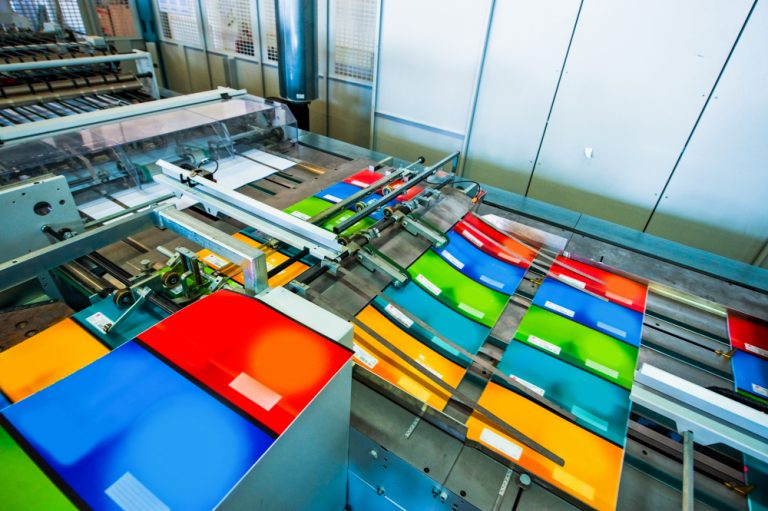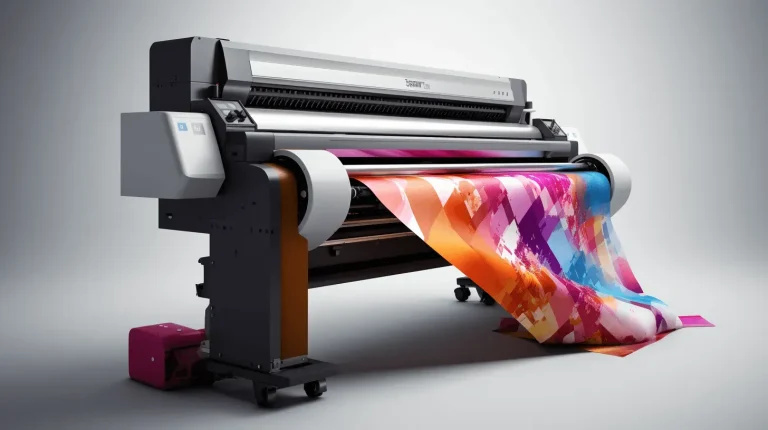DTF Transfers: Versatile Solutions for Textile Decoration
DTF transfers, or Direct-to-Film transfers, represent a game-changing technique in the realm of textile decoration. This innovative method allows for high-quality, customizable designs to be printed on a variety of fabrics, capturing the attention of artists and brands alike. With advancements in DTF printing, businesses can create stunning custom apparel that meets the demands of a personalized market. As sustainability gains prominence, DTF transfers also offer eco-friendly options, aligning with the principles of sustainable printing. In this article, we delve into the versatile applications and myriad benefits of DTF transfers, showing why they should be your top choice for next-level textile solutions.
Also known as Direct-to-Film printing, DTF transfers are revolutionizing the way textile decoration is approached. This modern transfer printing technique seamlessly bridges creativity and functionality, enabling the production of vibrant and intricate patterns on fabrics. As the custom apparel market expands, more brands are exploring innovative printing methods that allow for individuality and uniqueness in merchandise. By leveraging the benefits of DTF technology, businesses can efficiently cater to the rising demand for personalized textile products. With a focus on sustainable practices, the DTF printing process is positioning itself as a key player in the future of eco-conscious fashion.
Understanding DTF Transfers: A Game Changer in Textile Decoration
Direct-to-Film (DTF) transfers are quickly redefining the landscape of textile decoration with their innovative approach and adaptability. This state-of-the-art technique involves printing designs directly onto a transfer film, which is then heat pressed onto a variety of fabrics. What sets DTF apart from traditional printing methods, such as screen printing or heat transfer vinyl, is its ability to create intricate and vibrant designs that maintain their quality even after multiple washes. This quality makes DTF transfers an appealing choice for both small runs and large production needs, facilitating a seamless integration into various textile products.
Moreover, as the market leans towards personalization and custom apparel, DTF transfers have emerged as the perfect solution for brands looking to cater to unique customer demands. By leveraging the flexibility and efficiency of DTF technology, artists and businesses can now produce high-quality custom merchandise that resonates with their audiences. This capability not only enhances product offerings but also signals a shift towards more personalized shopping experiences that consumers crave.
The Versatile Applications of DTF Transfers in Custom Apparel
DTF transfers are paving the way for creativity in the custom apparel sector. From sportswear to fashion-forward streetwear, the technology proves effective across a plethora of styles and designs. Tailoring apparel for different demographics is now easier than ever, as DTF allows for stunning graphics, logos, and artwork to be printed on various fabric types without compromising on durability or vibrancy. This flexibility encourages businesses to experiment with designs and establish unique identities that set them apart from competitors.
In addition to traditional clothing lines, DTF transfers are increasingly used in niche markets, such as eco-conscious apparel. As sustainability becomes a core value for many consumers, the water-based inks used in DTF printing provide an eco-friendly alternative to conventional printing methods. By adopting DTF transfers, businesses not only cater to the growing demand for custom apparel but also align with sustainable practices that appeal to environmentally aware consumers.
Cost-Effectiveness of DTF Transfers: A Financial Advantage
When comparing printing methods, the cost-effectiveness of DTF transfers stands out. This technique eliminates many of the setup costs associated with screen printing, such as creating screens and lengthy preparation times. For small orders, where traditional methods might be uneconomical, DTF offers a viable solution that reduces initial investment and allows businesses to fulfill customized orders without financial strain.
Furthermore, the scalability of DTF printing makes it appealing for growing businesses. As demand increases, DTF’s capacity for high-speed printing and low overhead costs allows companies to expand their product lines without sacrificing quality or incurring hefty expenses. This adaptive nature not only ensures solid profit margins but also empowers brands to respond to consumer trends swiftly.
Quality and Durability in DTF Transfers: Ensuring Longevity
One of the foremost advantages of using DTF transfers is the superior quality and durability of the prints produced. Unlike other methods, DTF prints adhere remarkably well to fabrics, offering long-lasting applications that can withstand the test of time. Users can expect vibrant colors and detailed designs that remain intact after numerous washes, providing added value for customers who demand quality in their custom apparel.
This durability extends the lifecycle of the product and bolsters a brand’s reputation for high-quality offerings. By investing in DTF technology, businesses not only ensure customer satisfaction but also reduce the frequency of returns or complaints related to print damage. In an increasingly competitive market, maintaining quality standards is crucial for building brand loyalty and encouraging repeat purchases.
Eco-Friendly Innovations in DTF Printing
As the textile industry grows more conscious of its environmental impact, DTF transfers are at the forefront of eco-friendly innovations. Utilizing water-based inks and efficient printing processes, DTF minimizes the use of harmful chemicals and excessive water consumption typically associated with traditional printing methods. This commitment to sustainability is not only beneficial for the planet but also resonates with consumers who prioritize eco-friendly products.
Additionally, adopting DTF technology allows companies to promote themselves as environmentally responsible brands. Such positioning attracts eco-conscious consumers who are increasingly willing to support businesses that share their values. By leveraging the sustainable aspects of DTF printing, brands can enhance their marketability and meet the growing demand for greener practices in the fashion and textile sectors.
The Future of DTF Transfers: Trends and Growth Potential
The future of DTF transfers appears bright, with industry analysts projecting considerable growth in this printing technology. As customization becomes a paramount consumer demand, the ability to easily produce unique designs with DTF supports businesses in staying ahead of trends. Furthermore, advancements in technology will streamline production, enabling faster turnaround times and broader applications in both commercial and personal use.
With the integration of DTF printing in automated workflows and online marketplaces, accessibility will widen, empowering more businesses to adopt this innovative technology. As global awareness of sustainable practices rises, DTF printing’s lower environmental impact will likely propel its popularity, making it a standard for textile decoration in the near future. In a rapidly evolving market, adapting to these changes will be essential for success in the textile industry.
Frequently Asked Questions
What are DTF transfers and how do they work in custom apparel production?
DTF transfers, or Direct-to-Film transfers, involve printing designs onto a special film which is then heat-pressed onto fabrics. This method allows for high-quality and vibrant designs on various textiles, making it ideal for custom apparel production.
What advantages do DTF transfers offer compared to traditional transfer printing methods?
DTF transfers provide several advantages over traditional transfer printing, including superior durability, vibrant color output, and cost-effectiveness for small runs. This technology caters well to the growing demand for customization in the textile decoration industry.
Are DTF transfers a sustainable option in textile decoration?
Yes, DTF transfers are considered a more sustainable option. They use water-based inks and a process that typically requires less energy and water, making them an eco-friendly choice for businesses looking to minimize their environmental impact.
Can DTF printing be used on different types of fabrics?
Absolutely! DTF printing can effectively be used on a wide range of fabrics, including cotton, polyester, and blends. This versatility makes DTF transfers a popular choice for various custom apparel applications.
What recent technological advancements are improving DTF transfers in the textile industry?
Recent advancements in DTF technology include faster printing speeds, improved ink formulations, and advanced film coatings. These innovations enhance the quality and efficiency of DTF transfers, making them more robust for textile decoration.
How is the demand for DTF transfers impacting the custom apparel market?
The increasing demand for DTF transfers is significantly impacting the custom apparel market as it allows businesses to meet consumer desires for personalized products quickly and efficiently, contributing to the overall growth of the textile decoration sector.
| Key Points | Details |
|---|---|
| What are DTF Transfers? | DTF printing involves printing designs on a special film with high-quality inks, which can then be transferred onto textiles using heat and pressure. |
| Versatility in Application | Utilized for custom apparel, merchandising, and promotional items due to its adaptability and high-quality output. |
| Advantages of DTF Transfers | Offers quality, durability, cost-effectiveness, and eco-friendly options, enabling more sustainable production. |
| Technological Advancements | Improvements in printing speeds, advanced film coatings, and innovative ink formulations boost the overall quality and efficiency of DTF. |
| Future Growth Potential | Expecting significant market growth driven by increased customization demands and the integration of advanced technology. |
Summary
DTF transfers have emerged as a game-changer in the textile decoration industry, combining versatility and sustainability with high-quality results. Their innovative application allows both small businesses and larger manufacturers to use them for diverse purposes, from custom apparel to promotional materials. As technology advances and eco-friendly practices become paramount, DTF transfers ensure that businesses can meet modern consumer demands effectively. The future looks bright for DTF transfers, promising growth and continual improvements that will shape the landscape of textile printing for years to come.







